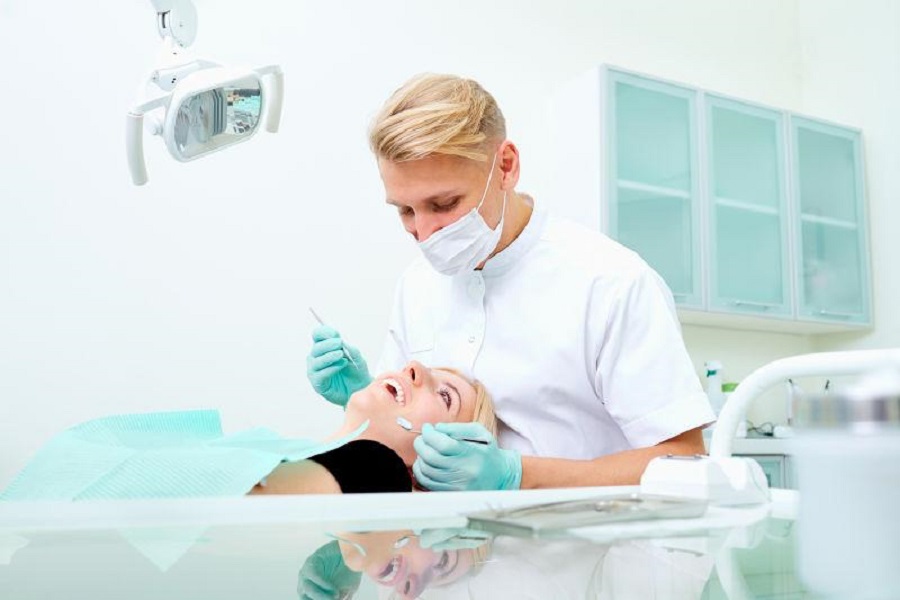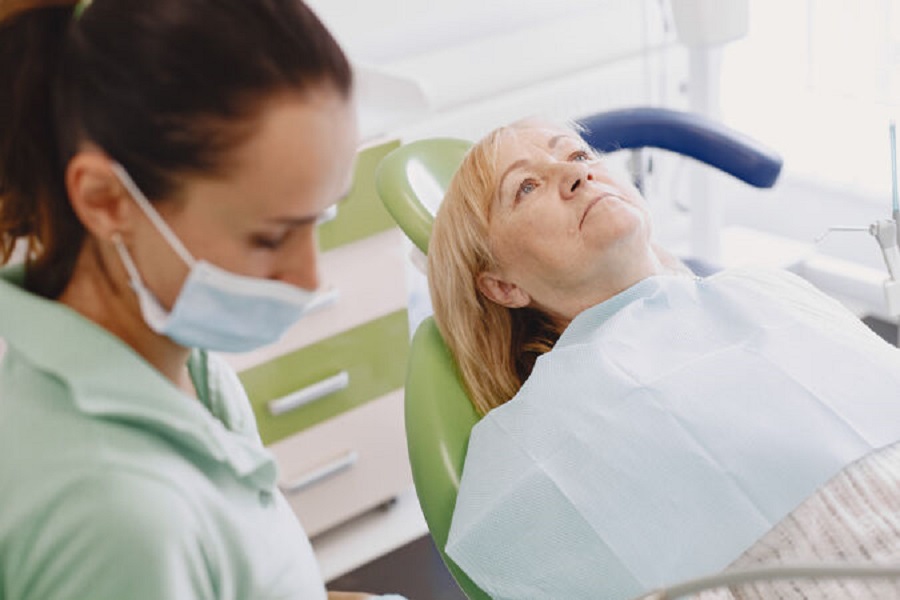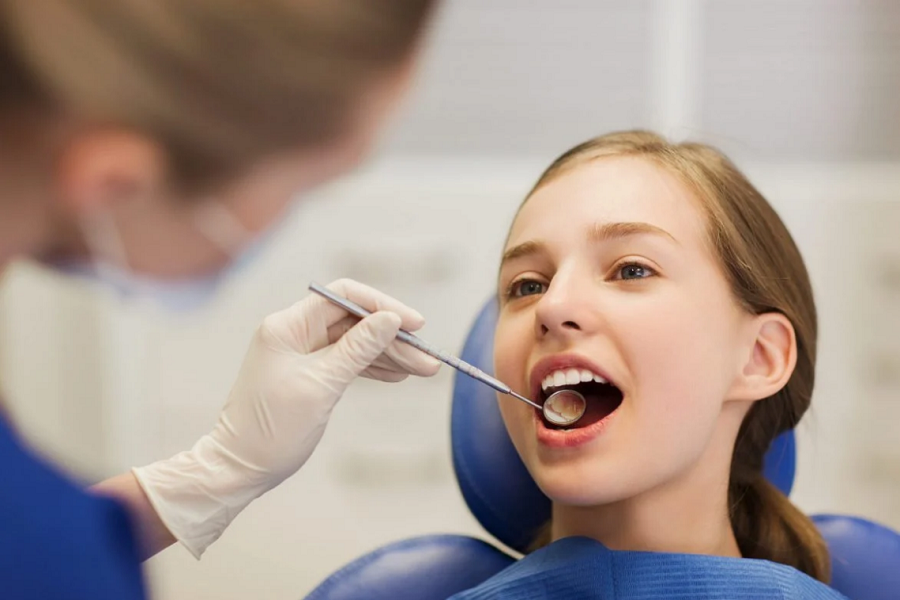Toothache is one of the most common symptoms of dental diseases and one of the common diseases in people’s daily life. Tooth pain, although it is not a serious disease, but it is very unbearable when the pain arises. There are many people who usually suffer from toothache and eat tasteless food and can’t sleep at night, which greatly affects their physical and mental health. So what are the clinical manifestations of toothache? Toothache is the main symptom of this disease. In the early stage, the gums are itchy, uncomfortable, and bad breath, and then the gums are red, swollen, soft, easy to bleed, painful, and recurring. Over time, the periodontal ligament at the gums and the roots of the teeth is destroyed, forming a bag called the periodontal bag. Pus often overflows in the bag, and the inflammation continues to expand, which can become a periodontal abscess. It is hard, then becomes soft, with a sense of fluctuation, can be punctured by itself, and pus flows out. Toothache clinical manifestations Pain is its main manifestation, which is severe unbearable pain. The nature of pain has the following characteristics: spontaneous pain, paroxysmal aggravation, intermittent attacks, in the absence of any external stimulus, Severe pain occurs in the affected tooth. In the early stage, the pain attack time is short, and the relief time is longer. With the development of the disease, the pain attack time is long, the relief time is short, and there is no relief period in the later stage. It is more pronounced when lying down; early cold and hot stimulation can cause pain to aggravate, and late cold stimulation not only does not stimulate the pain, but temporarily relieves the pain, so it is common for clinical patients to take cold water or inhale cold air to relieve pain. It refers to the symptoms of the late stage of acute pulpitis (suppuration stage); in addition, the pain cannot be localized, and often radiates along the distribution area of the trigeminal nerve to the ipsilateral upper and lower teeth and adjacent parts, and patients often cannot Point out the exact location of the diseased tooth.
Advertisements
What are the clinical manifestations of toothache?
Advertisements
Related Posts
Popular Articles
10 Foods Doctors Recommend Eating After Wisdom Tooth Extraction
Recovering from wisdom tooth extraction can be challenging, especially when it comes to managing what you eat. Eating the right...
Latest Posts
Tags
alveolar bone bad breath black teeth bleeding gums cold light whitening crooked teeth cure dental care dental implant dental implants Dental Insurance dentures discolored teeth disease gingivitis Gum Disease misaligned teeth oral disease orthodontic orthodontic care orthodontics orthodontic treatment periodontal disease periodontitis permanent teeth porcelain teeth teeth teeth cleaning teeth white teeth whitening teeth whitening methods Teeth Whitening Strips tooth tooth decay tooth extraction tooth filling ultrasonic cleaning underbite whitening whitening toothpaste white teeth wisdom teeth wisdom teeth extraction wisdom tooth yellow teeth

Panda Oral – oral and dental health consultants around you, providing orthodontic, tooth whitening, dental implants, scaling, filling, extraction, dental implants, dental caries, wisdom teeth, bad breath, bleeding gums, oral ulcers, periodontal disease for patients with dental diseases It can help you solve oral problems easily.【Contact us: [email protected]】
Recent News
- Why Does My Root Canal Tooth Hurt at Night? 04/16/2025
- Why Does Honey Hurt My Teeth? 04/16/2025
- Why Does Fluoride Prevent Tooth Decay? 04/16/2025
Copyright © 2023 PANDA ORAL - Oral_Oral health_oral hygiene_oral care_dental health_dental oral surgery































